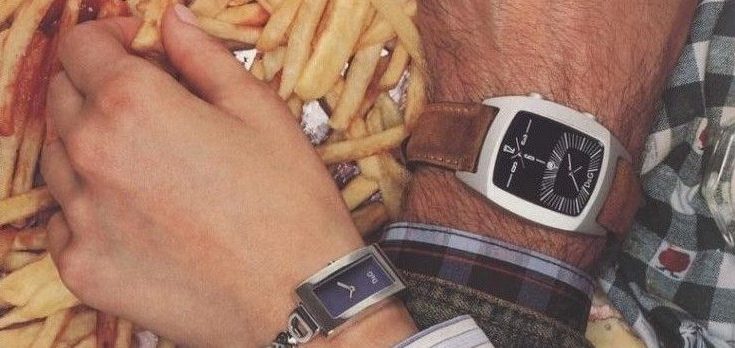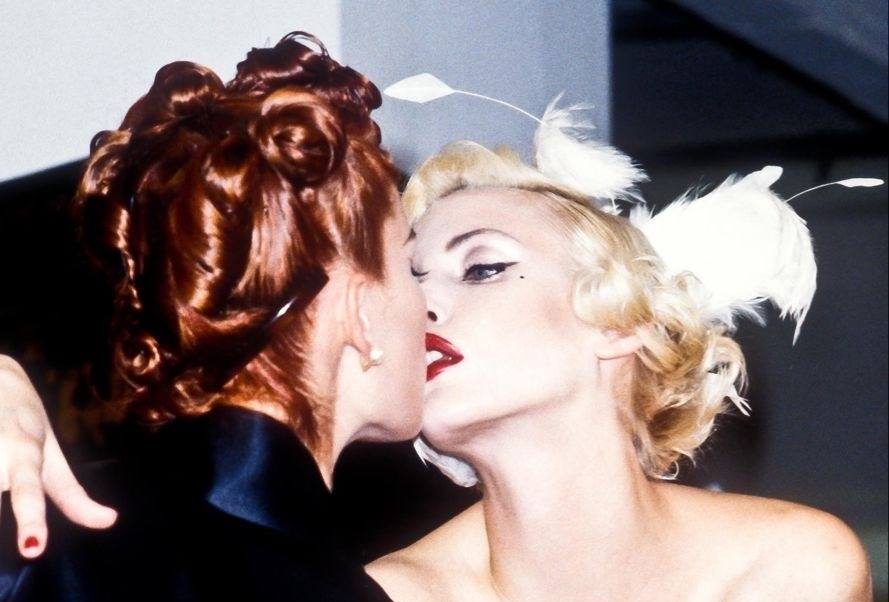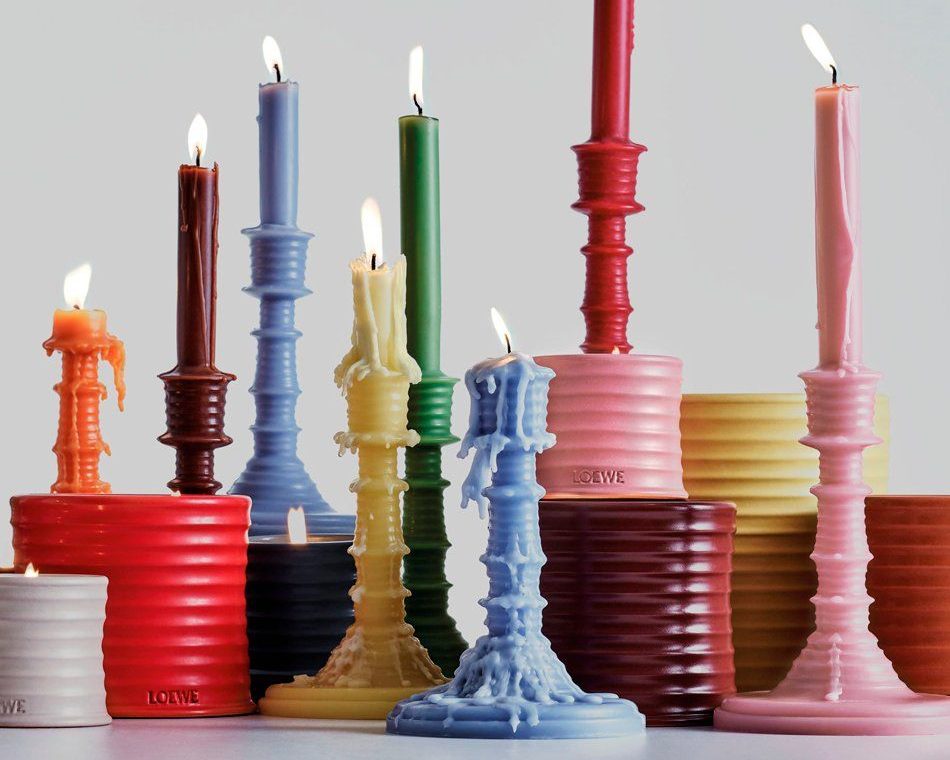While smartphones have made its function obsolete, the watch is making a comeback as a style statement. Vintage models, slim dials, steel bracelets… Why this nostalgia for a time measured to the second? A closer look.
Metal fever
Care for a touch of chrome? As the metallic trend takes over interiors, it’s also slipping into wardrobes in subtle shiny touches. Accessories, of course, are no exception and watches least of all.
Some, like the jewelry-inspired models by Valentino or Calvin Klein from the 1990s, fall halfway between bracelet and watch. A two-in-one accessory perfect for those unwilling to compromise on femininity. On the sporty side, Nike’s Triax is making a massive comeback. This cult 2000s watch, with its asymmetrical shape, is now highly sought after on the second-hand market. Whether sophisticated or ergonomic, these retro-futuristic pieces are widely embraced by vintage lovers.
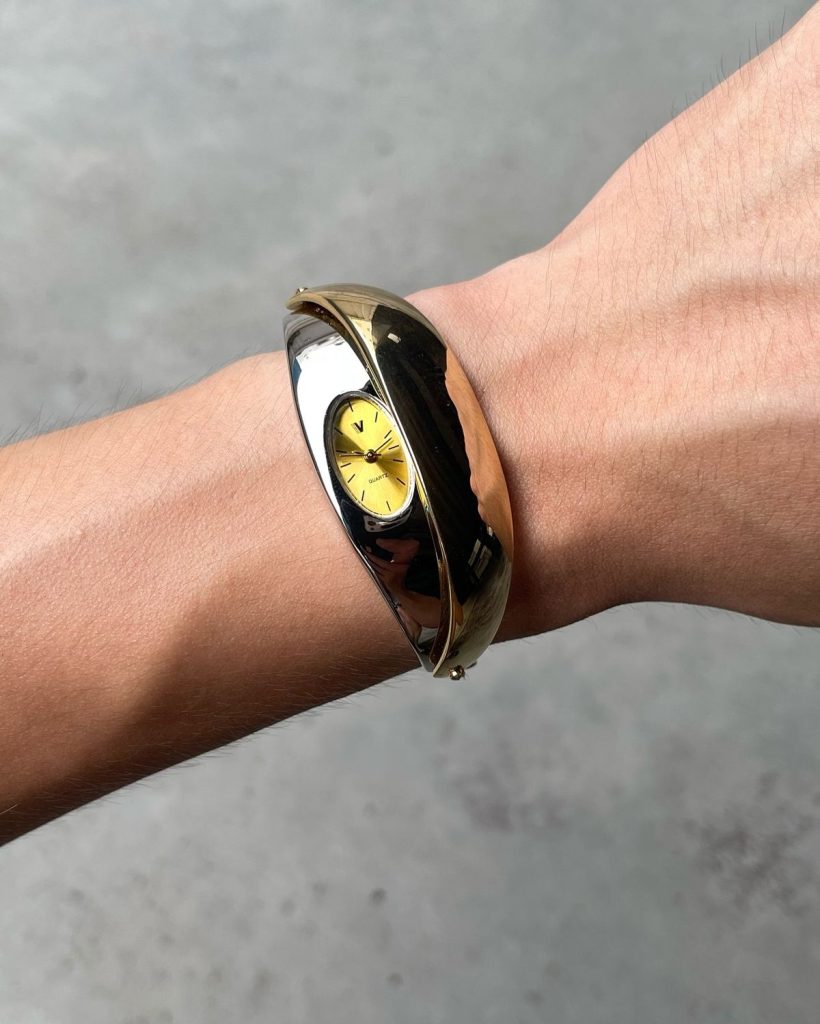
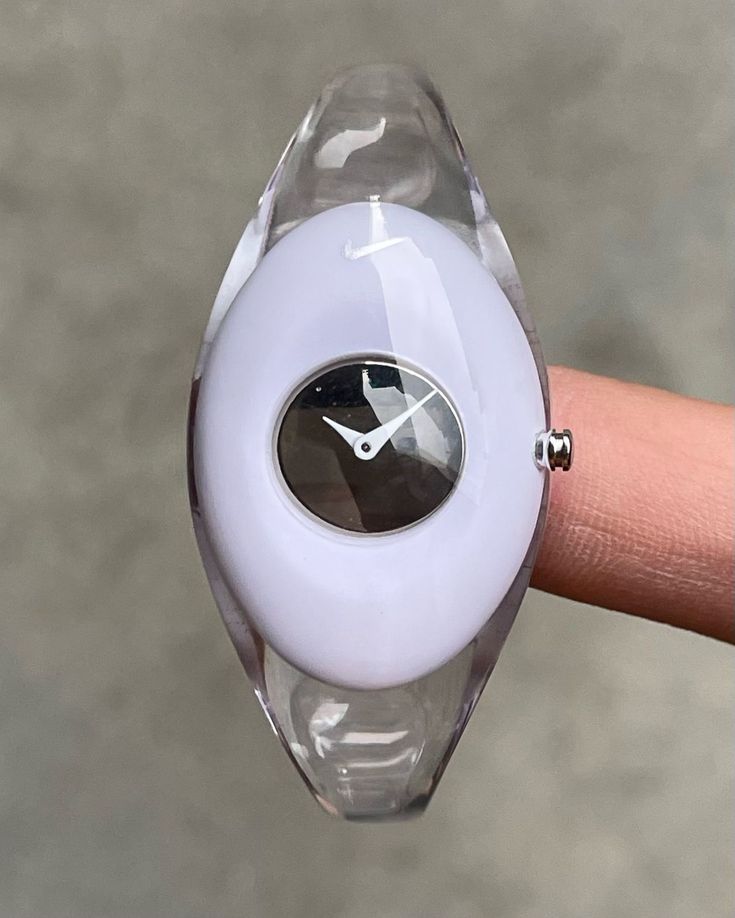
No discussion of this trend would be complete without mentioning Casio. An accessible, timeless icon, it comes in gold or silver versions, often with a square dial that recalls a vintage gadget. It single-handedly embodies the comeback of retro metallic watches.
On the wrist and beyond…
If today the watch is worn on the wrist, it hasn’t always been the case. In the 19th century, the pocket watch reigned supreme. Fastened to a chain and tucked into a waistcoat, it was a social marker, almost a piece of ceremonial jewelry.
The very first wristwatch is said to have appeared in the 1810s, created by Abraham-Louis Breguet for Caroline Murat, Queen of Naples and sister of Napoleon. A piece originally designed for women, long before men laid claim to it.
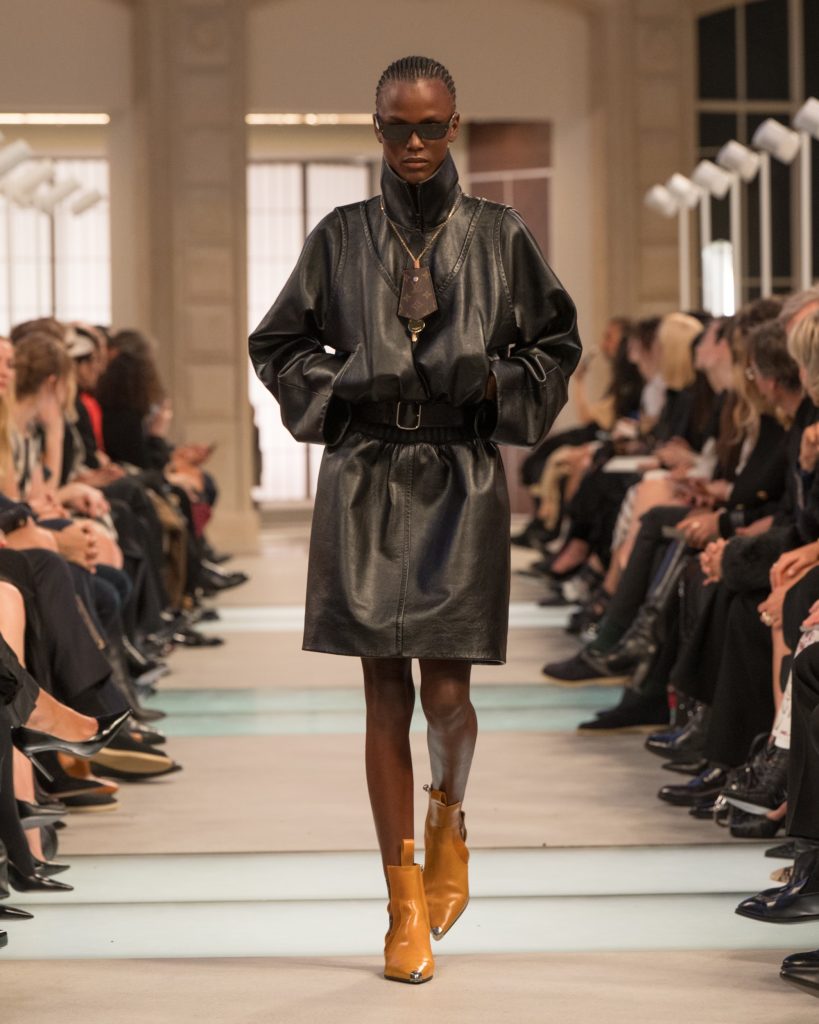

The First World War played a major role in popularizing the wristwatch. With the rise of the smartphone, however, it gradually lost much of its practical use. Today, a watch is worn more for what it represents than for telling the time. At Louis Vuitton’s Autumn-Winter 2025 show, Nicolas Ghesquière took this idea even further. Staged on the platforms of a former Parisian train station, the collection played with the symbolism of time and travel. Some models wore watches as pendants, subverting their function to transform them into contemporary talismans.
Often discreet on the runway, watches are nonetheless very much present. In recent years, brands have multiplied collaborations with major watchmakers: Schiaparelli joined forces with Beauregard, Georges Hobeika with Audemars Piguet, and Givenchy with Bulgari on a serpentine watch, reimagined in precious stones.
Mastering time again
In a world saturated with screens, notifications and endless streams, the retro watch acts as a counterpoint. No longer trying to compete with the digital precision of our smartphones, it stands for something else: a symbolic mastery of time. The time we choose to watch pass, rather than the time that slips away.
Looking at a watch is an almost ritual-like gesture. Unlike the compulsive reflex of checking the time on a phone, it’s a way of taking back control over the relentless pace of our days.

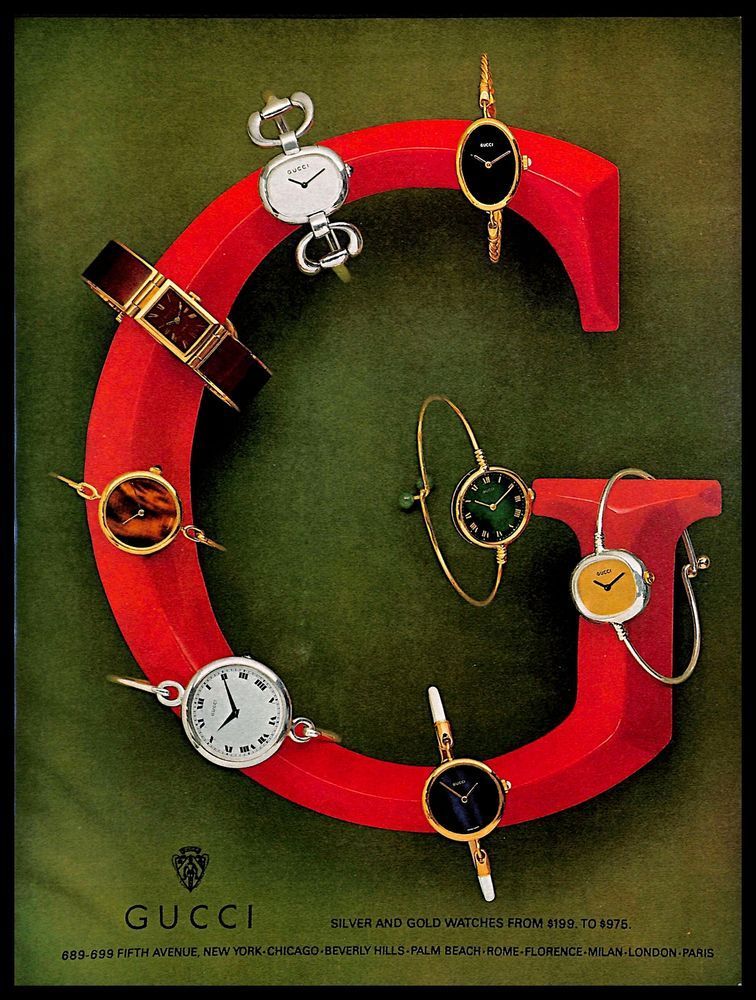
Wearing a watch and especially a vintage one is also about embracing a different relationship with time. A slower, measured time. An analogue time, with its hands, its sometimes-audible ticking, its dials that demand a more attentive reading. Perhaps that is why the watch seems to be attracting attention once again. In an age defined by speed and immediacy, it becomes a way to take a break. A way to signal that we can choose our own tempo, far from the tyranny of screens.
It is also an inheritance, a link to those who came before us. Wearing an old or retro-inspired watch often means stepping into a lineage. That of a parent, or of an era we never lived through but seek to bring back to life.
At a time when everyone seems to be talking about unplugging and taking things slowly, the vintage watch emerges as a gesture of resistance. A return to essentials in an ultra-connected world.


